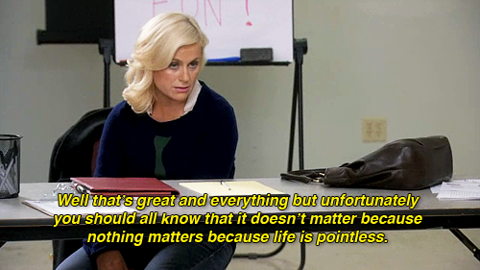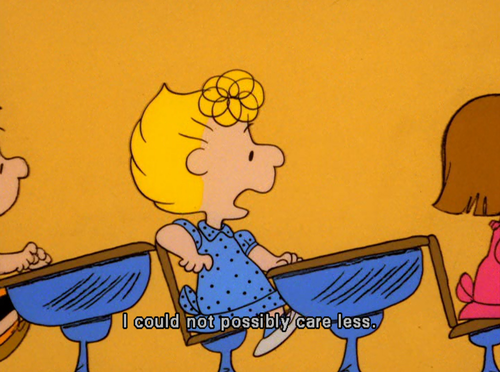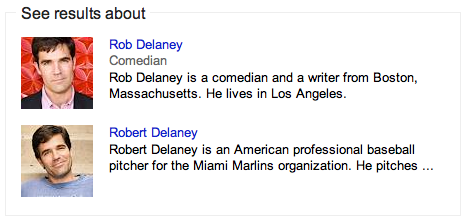(Note: for a solid baseball analysis of the Marlins' blockbuster trade with the Toronto Blue Jays,
see Fish Stripes. We will focus on the business side of this deal).
The Miami Marlins made their business strategy quite clear when they shipped half their remaining 2012 starters to the Toronto Blue Jays for prospects and spare parts: Cut payroll costs to the bone and reap profits from MLB revenue sharing and other MLB cash streams.
Back in April,
I wrote the following about the Marlins' new stadium for NBCMiami:
Since the Marlins are the sole tenant, and no longer have to pay rent to the Dolphins ownership group (which also owns Sun Life Stadium), the team will get to keep more of the ticket sales, concession and parking receipts from their home games than ever before. The Marlins will also get added revenue from hosting events at the stadium when baseball is not being played.
The promise of this extra money allowed the front office to go on a spending spree this winter, handing a $106 million contract to superstar shortstop Jose Reyes and significant deals to Heath Bell and Mark Buehrle. Those additions created even more buzz for the team heading into 2012, leading to a spike in ticket sales that will give the team even more revenue to spend on its roster.
This feedback loop has overnight transformed the Marlins franchise from a penny-pinching punchline to a major-market heavyweight that can compete with its rivals in Philadelphia, New York and Atlanta for big-ticket free agents and attention from the national media.
The team's struggles to compete proved that buying wins is not as easy as it looks, but the Marlins have opted to change course rather than reassess their personnel strategy. As a result, the team is looking at a few years of attendance that will make the late-1990s look like a golden age. Here is why they will profit regardless.
First, let's look at how much salary got dumped by the Marlins:
Yunel Escobar is the highest paid player the Marlins received. He will make $5 million in 2013, with team options for the same amount in 2014 and 2015. Jeff Mathis is arbitration eligible (he made $1.5 million in 2012) and will be a free agent next year. The rest are players under club control (pre-arbitration), they will make less than $1 million each next season. With big-bucks players like Hanley Ramirez and Heath Bell already gone (and Ricky Nolasco potentially on his way out as well), it is quite possible that the Marlins will open 2013 with a payroll well below $30 million.
You'll remember that a few years ago Deadspin leaked the Marlins' financial report for 2008 and 2009. I took another look at the team's balance sheet, income statement, and notes to back out a rough estimate of the team's operating profit in 2013. This is a good time to point out I made a number of assumptions, which will be detailed below.
The Marlins netted average revenue sharing proceeds of $46 million per year in 2008 and 2009, along with $31 million in MLB Central Fund revenue and $8 million in MLB properties royalties, for a total of $85 million in MLB (or non-Marlins) revenue. Stadium and television revenue (both numbers which are surely higher now, though by what degree is hard to estimate*) came in at roughly $40 million. Operating expenses excluding player salaries averaged $75 million in those years, with debt expense of $5.5 million. That gives the Marlins $45.5 million to work with: keep player payroll below that level, and the difference (less taxes) is all profit. Even with crappy attendance, a Marlins team with payroll in the $30 million range is highly profitable (we're disregarding noncash expenses like depreciation and amortization for simplicity).
One perspective that has been bandied about goes thusly: the team spent a lot of money on personnel in 2012, didn't win many games, and did not draw many fans either (no team had a lower attendance in the first season of a new stadium in the past 20 years, the Marlins' 2.2 million fans were 18th in MLB this season). If breaking the bank doesn't work (from a baseball
and financial perspective), why pay millions to Reyes, Johnson, et al to lose? This makes financial sense in the short term, but less sense in the long term (the Marlins' brand equity was barely positive to begin with, it is under water now). How does the team expect to cultivate a fan base after such a fire sale?
Another blog (I've forgotten which one) compared the 2013 Marlins to The Producers: an intentional flop meant to make a quick buck. This is apt. The Marlins can profit without competing so long as they keep payroll low (the Kansas City Royals have been doing this for years). This was the team's strategy in the years leading up to the opening of Marlins Park; it is 100% more insidious now that they have opened a new stadium financed largely by local governments. The fans are legitimately outraged, and calls for Loria to sell the team are entirely justified.
There is only one problem:
as The Biz of Baseball points out, Loria will have to pay the City of Miami and Miami-Dade County a ton of money if he sells the team in the next 6 years, so a sale is not imminent.
We are stuck with Loria, that is, if we even want to be Marlins fans anymore. That, more than the trade itself, is the saddest part of this entire episode.
Image via the one and only Adam Smoot
*Stadium revenue for those years was depressed by the bum deal the team was getting from Dolphin Stadium. Even if their attendance falls back to 2008-2009 levels or lower, the Marlins will keep more of those fan dollars spent at the stadium than they did a few years ago since they don't have to share revenues with the Miami Dolphins (who own Dolphin Stadium).
Read more...






















.gif)




















.jpg)









